Unconscious biases in communications
We all do it. We all have unconscious biases.
You know, those long-held subconscious attitudes that are probably not based on any actual information or well-formed coherent thoughts.
Be honest – how many of your closest friends are truly different from you? How much time do you spend with people who don’t look, sound, or speak like you? It’s not you – we all do it. We all gravitate towards people who remind us of ourselves. In fact, there’s even a name for that. It’s called affinity bias.
What happens is these perceptions translate into your work. In communications, there are a few areas where your biases can translate into impacts on your audience.
The use of language
We make assumptions about what people can and can’t understand. We also make assumptions about the type of language different people use. By attempting to use the ‘language of the audience,’ we may feel like we are being authentic and reaching our audience. However, if we use them incorrectly, resulting communication can be both cringeworthy and off-putting.
Gender
We use language or phrases which specifically denote gender. Think about how you refer to certain roles. What about the Chairman of the Board? When you refer to positions of authority, do you unintentionally refer to “he”?
We also need to think beyond the gender binary and consider when they/them pronouns are appropriate. Check out this list of gendered nouns and phrases.
Imagery
Think of the imagery you use in your channels and products. Is it inclusive? Sure we are getting better at having token diversity in our images, but does it mean anything to your audience? Do your audiences see themselves in the images you use? Think not just about the type of person or their occupation but how they are dressed, religious features, physical disabilities, different shapes and sizes, and even physical features like height, weight or hair type.
Assumptions around knowledge
We may not consider it a bias, but assuming our audience knows what we’re talking about can create gaps in our communications via knowledge bias. We assume the audience knows as much as we do, and our explanations may not be comprehensive enough.
Make sure you take a step back and tailor your content to your audience’s level of knowledge.
I am not an expert in this space, so I thought I would ask someone who is. Samantha Sutherland, while also being my co-facilitator, is a diversity and inclusion expert providing training to government and private sector companies to support their diversity strategy.
Common workplace biases
Samantha shares that there are hundreds of different types of unconscious bias, but a handful come up at work repeatedly. How many can you recognise?
- Confirmation bias – Looking for evidence that supports our assessments or judgements and ignore evidence that contradicts our beliefs. To combat it, we can ask independent colleagues for feedback or look for ways to prove ourselves wrong with our work.
- Affinity bias – Favouring people who are similar to ourselves or who you have a “connection” with. When hiring, use a panel of diverse people to bring different perspectives to the assessment and use a checklist to check your biases. When considering the best person for the role, think about the context of the team – more diverse viewpoints gives better outcomes.
- Action oriented bias – Taking quick action without being as thoughtful as we should while being overly optimistic about the outcome. In fast paced, high change environments, action orientation can stop us from considering the broader picture and the high-level strategy. To avoid this bias taking over, we need to notice when we feel rushed, slow down, and refer back to strategic direction.
- Stability bias – People fear loss more than they value gain. This leads to inertia in uncertainty and aversion to change or risk. We often come across risk aversion in public service, so when teams feel resistant to change, challenge that resistance, workshop best case outcomes, and bring everyone on the journey with you.
- Social bias aka “group think” – When people want harmony above conflict. It leads to group consensus and poor assessment of alternatives. When there isn’t the safety to ask questions and challenge decisions, group think will prevail. To ensure you don’t fall prey to group think, encourage divergent opinions, ask people for reasons why something ‘won’t’ work, and ensure analysis of alternatives is comprehensive.
So what can you do about it?
- Have a look at your team. How diverse are they? If you aren’t, acknowledge it and actively seek different views from outside your team. Test ideas and content with others in your organisation. Be genuinely interested in the feedback, and don’t do this as a tick-the-box exercise.
- Within your team, discuss the biases that might exist and try to understand their root causes. This could be a challenging conversation, and you will need to do it with care and compassion in an environment where the team wants to challenge their own beliefs.
- Work at it! In many instances, you aren’t doing this on purpose (unconscious right!), but as long as you make a conscious effort to identify and address it, you are heading in the right direction. Identify a few key areas where unconscious bias is most likely to have a negative impact, and put processes in place to challenge them.

